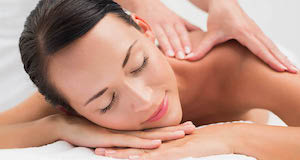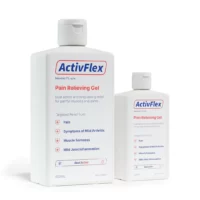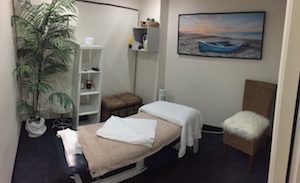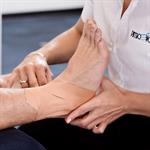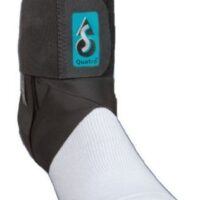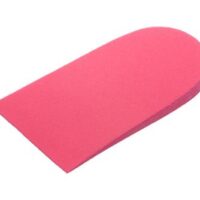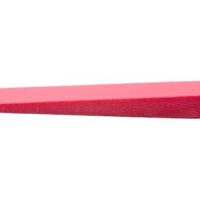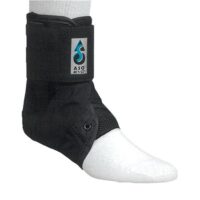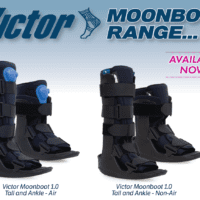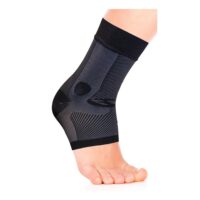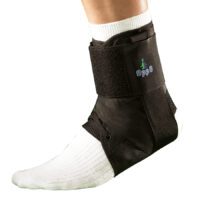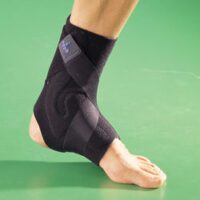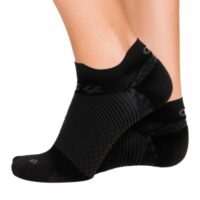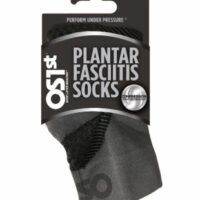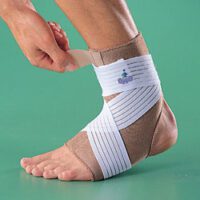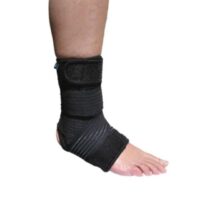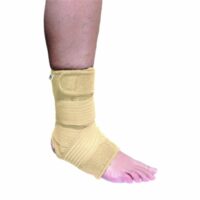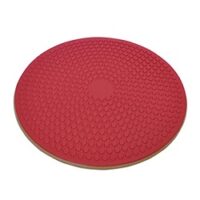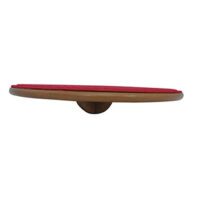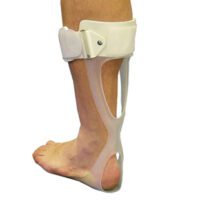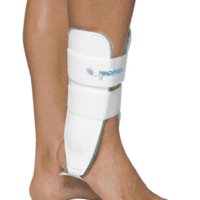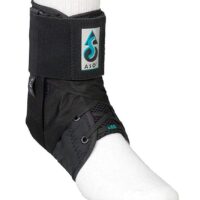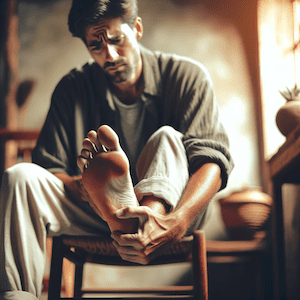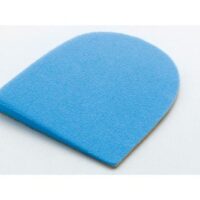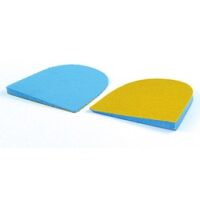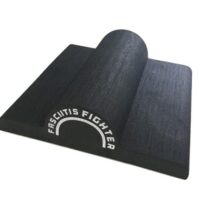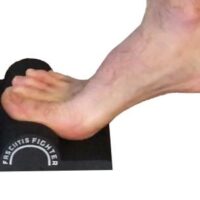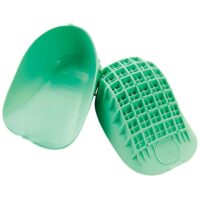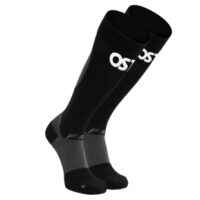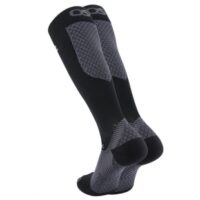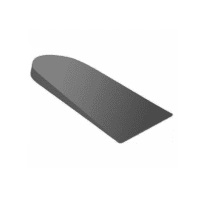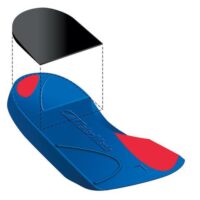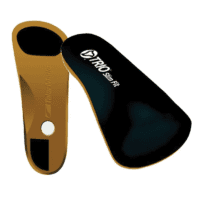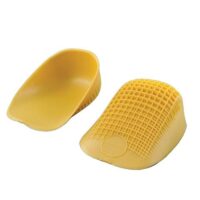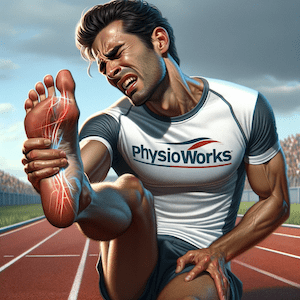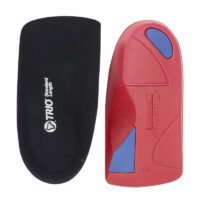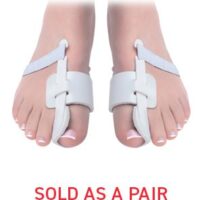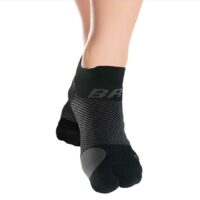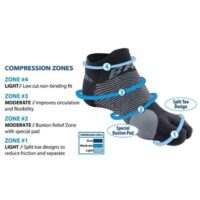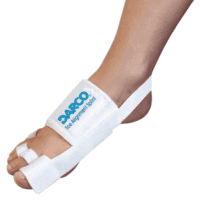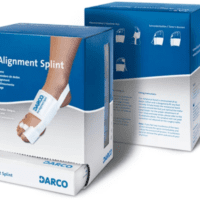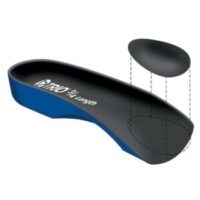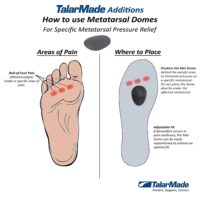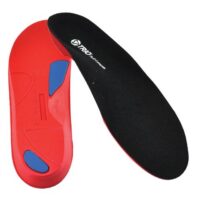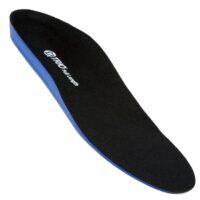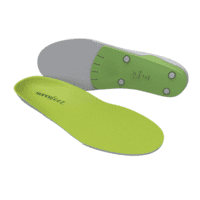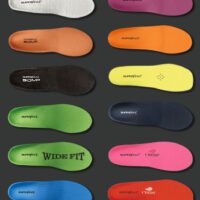Massage Techniques: Which is Best for You?
Choosing the right massage style can be challenging with so many options available. This guide will help you understand the different types of massage, their benefits, and how to choose the best one for your needs. From relaxing Swedish massages to therapeutic myofascial release, we cover it all. Let's explore the world of massage and find what suits you best.
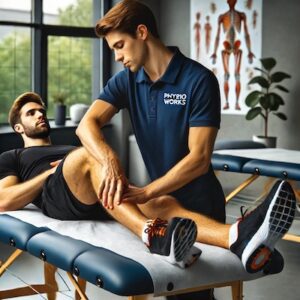
Types of Massage Techniques
Longitudinal Gliding
Longitudinal gliding involves gentle, rhythmic strokes in the direction of blood flow. It helps in fluid dispersion, reducing inflammation and swelling, and relaxing tight muscles. This technique is often the starting point for many massage sessions.
Related Articles:
- Swedish Massage
- Discover how Swedish massage can help you relax and relieve stress.
- Relaxation Massage
- Learn about the benefits of relaxation massage for overall well-being.
Kneading
Kneading applies pressure to muscles by squeezing and lifting the tissue. The force, rhythm, and rate of movement vary based on the massage's purpose, making it versatile for various therapeutic needs.
Related Articles:
- Therapeutic Massage
- Find out how therapeutic massage can aid in recovery from injuries.
- Deep Tissue Massage
- Explore the deep tissue massage technique for chronic muscle tension.
Myofascial Release
Myofascial release stretches the fascia, a connective tissue web covering muscles and organs. This technique aims to release restrictions and restore tissue balance.
Related Articles:
- Myofascial Release
- Understand how myofascial release can help with chronic pain and tension.
Trigger Point Therapy
Trigger points are areas of muscular hyperactivity causing "knots." Trigger point therapy involves applying pressure to these areas to relieve pain and dysfunction.
Related Articles:
- Trigger Point Therapy
- Get insights into how trigger point therapy can alleviate muscle knots.
- Active Release Technique (ART)
- Discover how ART can treat muscle and soft tissue problems effectively.
Transverse Friction
Transverse friction applies oscillating pressure across tissue fibres, mainly on tendons or ligament injuries. This helps break down thickened, pain-producing scar tissue.
Related Articles:
- Sports Massage
- Learn how sports massage can enhance athletic performance and recovery.
- Injury Rehabilitation
- Understand the role of massage in injury rehabilitation.
PNF Stretches
Proprioceptive Neuromuscular Facilitation (PNF) combines passive stretching and isometrics to extend muscle length by targeting nerve receptors in muscles.
Related Articles:
- PNF Stretching
- Explore the benefits of PNF stretching for flexibility and strength.
- Sports Recovery Massage
- Discover how sports recovery massage can aid post-exercise muscle recovery.
Conclusion
Consulting a trusted remedial massage therapist is the best way to determine which massage style suits your needs. They can provide specific information and combine techniques to address your concerns effectively.
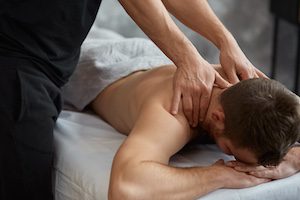

Massage FAQs
- What is the most popular type of massage?
- The most popular type of massage is Swedish massage, known for its relaxing and gentle techniques.
- Which massage is best for muscle pain?
- Deep tissue massage is best for muscle pain as it targets deeper layers of muscle and connective tissue.
- Can massage help with stress relief?
- Yes, relaxation and Swedish massages are excellent for stress relief, promoting overall well-being.
- What is the difference between Swedish and deep tissue massage?
- Swedish massage uses gentle strokes for relaxation, while deep tissue massage targets deeper muscle layers for pain relief.
- Is myofascial release effective?
- Yes, myofascial release is effective in releasing restrictions and restoring tissue balance, particularly for chronic pain.
- How often should I get a massage?
- The frequency of massages depends on your individual needs and goals. Consulting with a remedial massage therapist can help determine the best schedule for you.
Follow us on Social Media
Stay up to date with the latest posts on massage styles and general wellness tips.
Related Articles
- Swedish Massage
- Discover the calming effects of Swedish massage.
- Relaxation Massage
- Learn how relaxation massage can enhance your well-being.
- Therapeutic Massage
- Find out how therapeutic massage aids in injury recovery.
- Deep Tissue Massage
- Explore how deep tissue massage relieves chronic muscle tension.
- Myofascial Release
- Understand the benefits of myofascial release for chronic pain.
- Trigger Point Therapy
- Discover how to alleviate muscle knots with trigger point therapy.
- Active Release Technique (ART)
- Learn about ART for treating muscle and soft tissue issues.
- Sports Massage
- Enhance your athletic performance with sports massage.
- Injury Rehabilitation
- Discover the role of massage in injury rehabilitation.
- Sports Recovery Massage
- Aid your post-exercise recovery with sports recovery massage.

